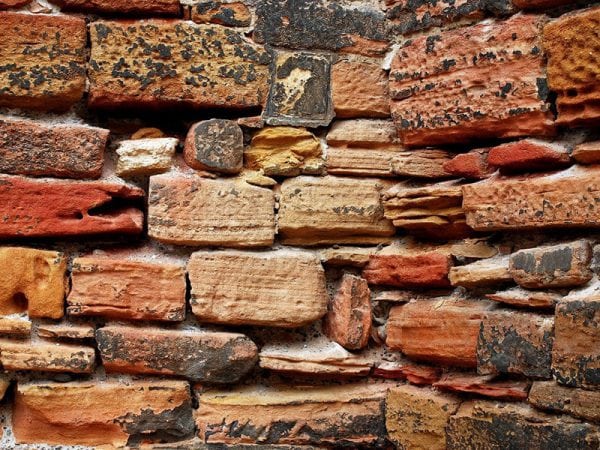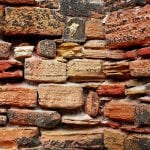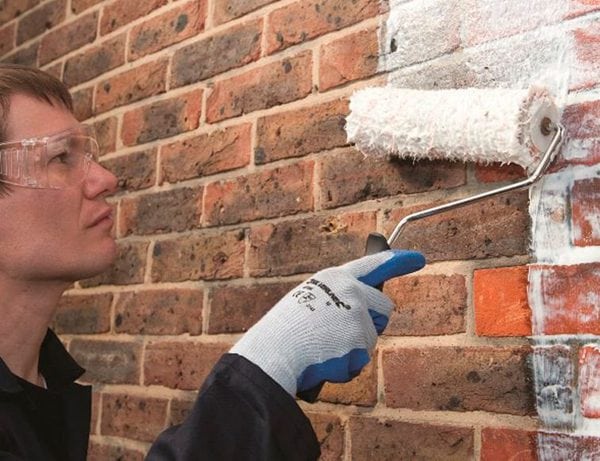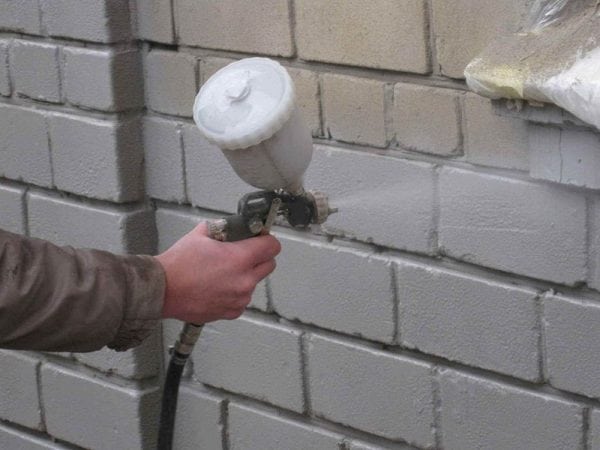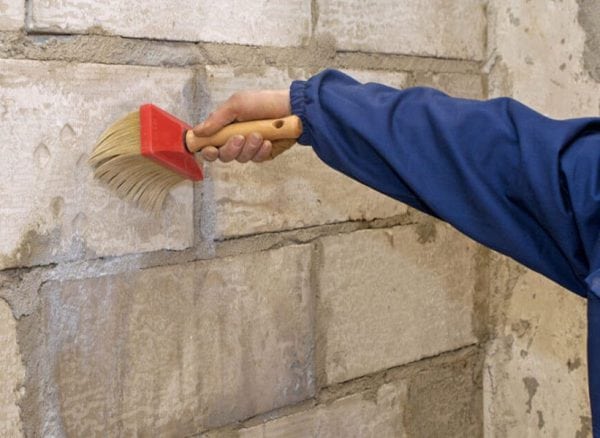Do I need a primer for brick walls? Some people think that it is possible to paint a brick wall or apply plaster on it without priming, because these materials are so well laid on the base, providing high-quality adhesion to the surface.
But this statement is not correct for all building mixtures, but only for those containing primer additives: primer-paints, primer-varnishes or primer-fillers. If the composition of the finishing material does not have such a component, then the plaster applied without preliminary preparation will soon crack, and the paint will begin to peel off.
What gives a primer base
The quality of construction and finishing works depends on a properly selected primer, depending on the condition of the brick wall and subsequent decorative design. Primer walls provides:
- Adhesion (adhesion) of the finishing material to the base.
- Strength (when using reinforcing deep penetration mixtures), which is very important when strengthening old or collapsing walls.
- Water resistance - additional protection of the brick against atmospheric precipitation or in rooms with high humidity.
- Protection. Primers with antiseptic additives reliably inhibit the development of fungi and mold.
- Profitability. After using soil mixtures, the subsequent consumption of paint or tile glue is much reduced.
- Quality finishes. The paint will lie evenly on the primed brick wall, the plaster will not crack, and the tile adhesive, at a moderate flow rate, will ensure reliable adhesion of the decorative tile to the base.
How to choose the right primer mix
Choosing a primer for wall treatment, you need to consider:
- Component basics. Soil mixes for silicate and simple bricks will vary in properties. For smooth silicate bricks, adhesive compositions are used before painting or applying plaster.
- The condition of the material. For an old, cracked or crumbling wall, reinforcing soils, preferably deep penetration, must be applied before subsequent decorative coating.
- The location of the walls. For facade walls or in humid rooms (bathroom, kitchen or bathhouse), a primer is purchased with increased water-repellent and antiseptic properties. For simple or porous bricks, it is recommended to use moisture-resistant deep penetration mixtures.
In addition, you need to consider the chemical composition of the primer:
- Acrylic water-soluble or silicone-based are suitable for most brick walls, environmentally friendly, odorless and dry quickly.
- Water dispersible, as a rule, are represented by primers of deep penetration. They provide good adhesion and strengthen the base of the walls. They can be used before applying any topcoat.
- Alkyd ones fit well on any brick foundation, providing subsequent smooth wallpapering, high-quality staining. Alkyd primers are not recommended before plastering. Some plasters come into "chemical conflict" with an alkyd component and this affects the further quality of the finish.
- Mineral compounds - based on cement, lime or gypsum. They fit well on any brick, provide high-quality adhesion and protection from external conditions. Often mineral deep penetration mixtures are used to improve the strength properties of walls outside and indoors. Non-toxic, environmentally friendly. These primers can be applied before any decorative design.
- It’s convenient to use universal ones for complex repair of small areas consisting of materials of various structure. To work only on a brick base, it is recommended to take specialized soil solutions.
How to choose a primer: deep penetration or regular and what is its active component, everyone must decide when buying for himself. If it is difficult to choose, it is better to seek the advice of the sales consultants of a construction store.
to contents ↑How to provide high-quality primer
So that the tile or wallpaper holds firmly, and the paint and plaster do not crack for a long time, you need to not only select the necessary primer, but also apply it to the wall in compliance with all technologies.
Before proceeding with priming, the basis must be prepared:
- Thoroughly clean with a brush or spatula of dirt, old paint, lime.
- Seal all large cracks with putty or cement mortar.
- If there is efflorescence, fungus or mold, then before applying the soil, it is necessary to treat problem areas of the surface with specialized mixtures.
- After that, wash the brick base with clean water, dry well (usually it takes about a week to fully dry). It is allowed to apply the soil-mixture to the important surface of the walls only if they have a mineral base.
Having cleaned and prepared properly the brick area, you can begin priming work. They can be carried out using such devices:
- Brush. It is ineffective, requires a lot of time when applying the compositions on large areas. It is advisable to use a brush as an auxiliary tool for impregnating hard to reach areas.
- Roller. It allows you to quickly and efficiently process a large surface, they can be applied as ordinary priming solutions, as well as deep penetration.
- Airbrush. Evenly and quickly distributes the soil-mixture over a large area.
Soils of both deep penetration and conventional are applied with a thin layer on a brick foundation, left for 2-3 hours to dry. If necessary, the procedure is repeated several times, achieving the necessary properties of the wall before applying decorative finishes.
Having selected the primer mixture in accordance with the base and finishing materials, as well as with full observance of the primer technology, it is possible to provide high-quality long-term repairs.

